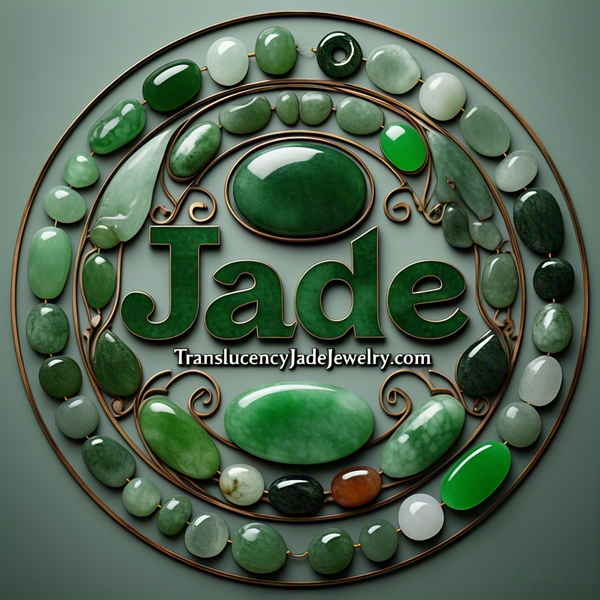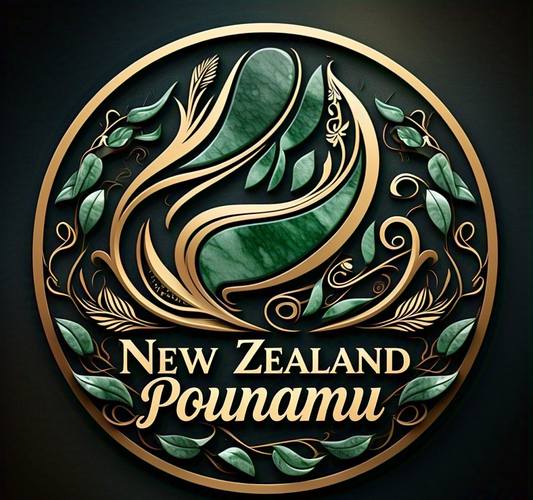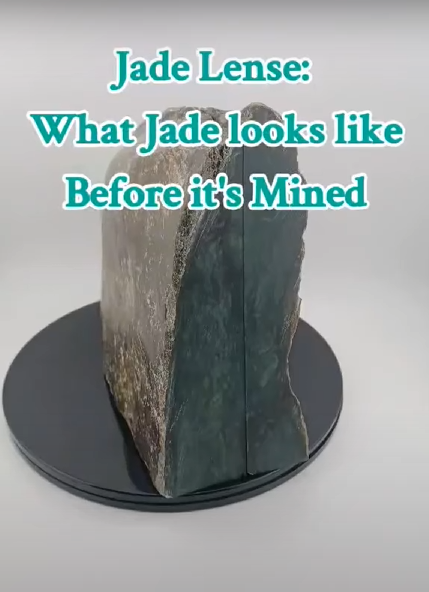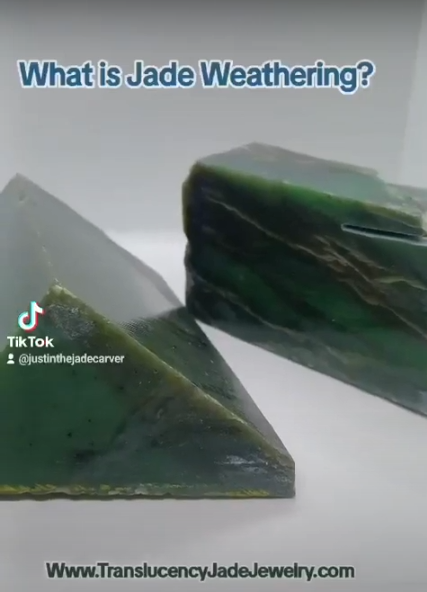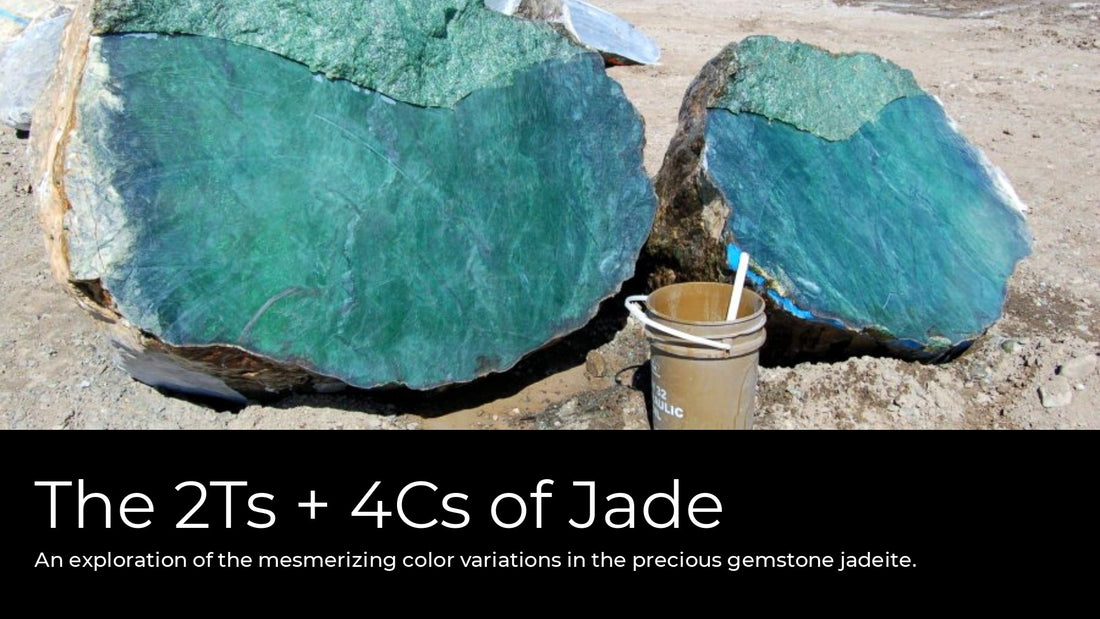
Appraising the Value Jade: The 2Ts + 4Cs of Jade
Translucency Jade JewelryChia sẻ
Appraising the Value Jade: The 2Ts + 4Cs of Jade
Jade has been highly valued for thousands of years, especially in East Asian cultures, where it is often associated with nobility, beauty, and investment/asset. The value of jade is determined by several factors, most notably its type, color, transparency, texture, and craftsmanship.
Types of Jade
- Nephrite: Typically found in shades of green, white, or gray, nephrite is valued for its toughness and is used in various applications, from jewelry to carvings.

- Jadeite: Generally more valuable than nephrite, jadeite can come in a broader spectrum of colors, including green, lavender, red, yellow, and black. The finest jadeite, known as "Imperial Jade," is highly prized for its vivid, translucent green color.

The 2T's & 4C's Attributes of Jade Appraisal:
The 2T 4C attributes are key criteria used to assess the quality and value of jade. They include:
The 2T's:
- Transparency: The level of translucency in jadeite, which ranges from opaque to semi-transparent. More transparent jadeite is usually more valuable.

- Texture: The fineness of the jade's grain. A fine, smooth texture without visible impurities or fractures is highly prized.
The 4C's:
- Color: The most critical factor in determining jade's value. The most valued jadeite color is the vivid, rich green of Imperial Jade. Other desirable colors include lavender, red, yellow, and white.

- Clarity: Refers to the presence of inclusions or blemishes within the jade. Clear, inclusion-free jade is more valuable.

- Cut/Craftsmanship: The quality of the cutting and shaping process. Well-cut jade pieces that enhance the stone's natural beauty and symmetry are more desirable.

- Carat: The size and weight of the jade piece. Larger, high-quality jade specimens are rarer and thus more valuable.

By understanding these attributes, buyers and collectors can make more informed decisions about the quality and value of jade pieces they encounter.
- Justin The Jade Carver
Owner Of Translucency Jade Jewelry
- Justin The Jade Carver
Owner Of Translucency Jade Jewelry
